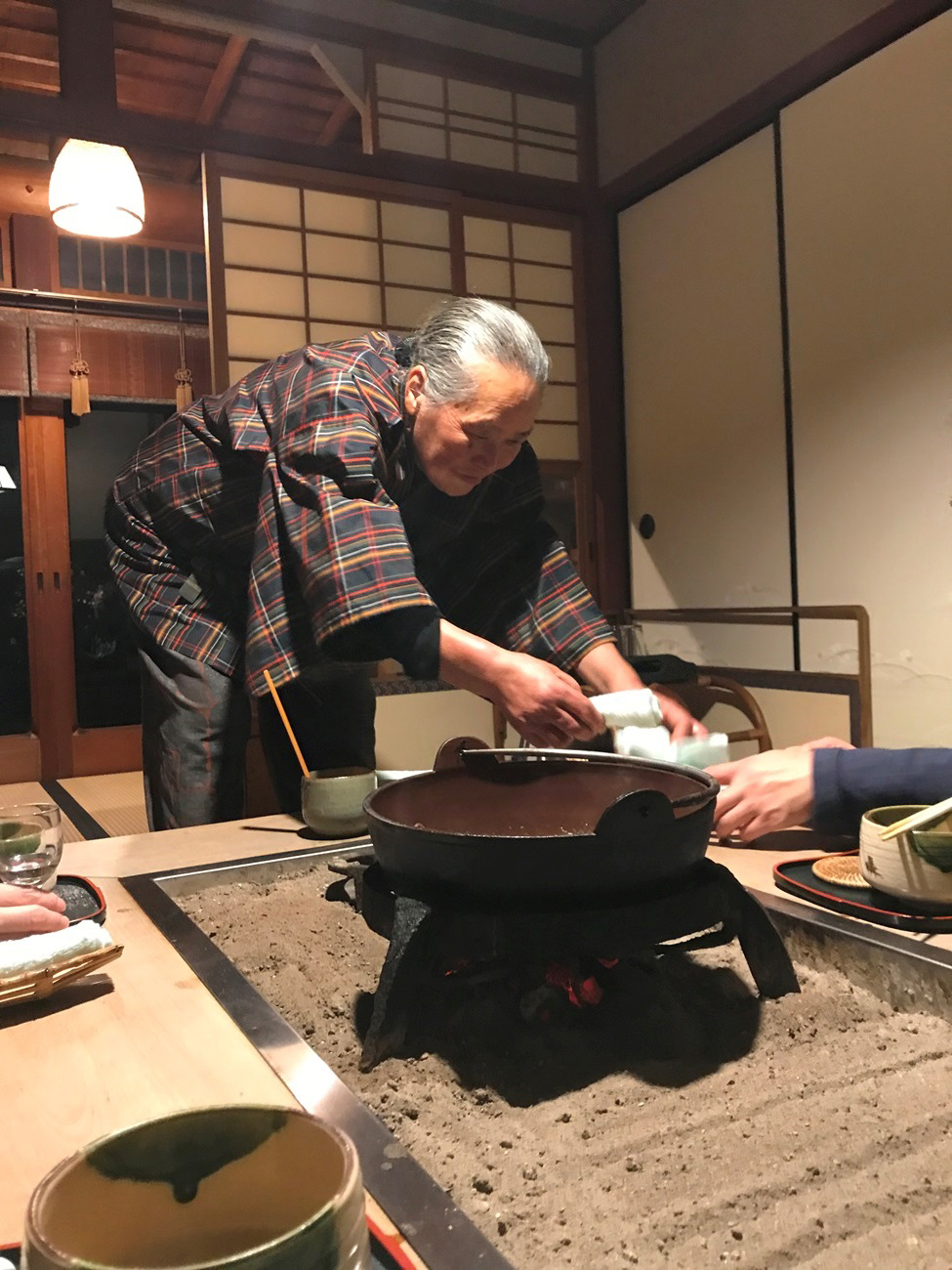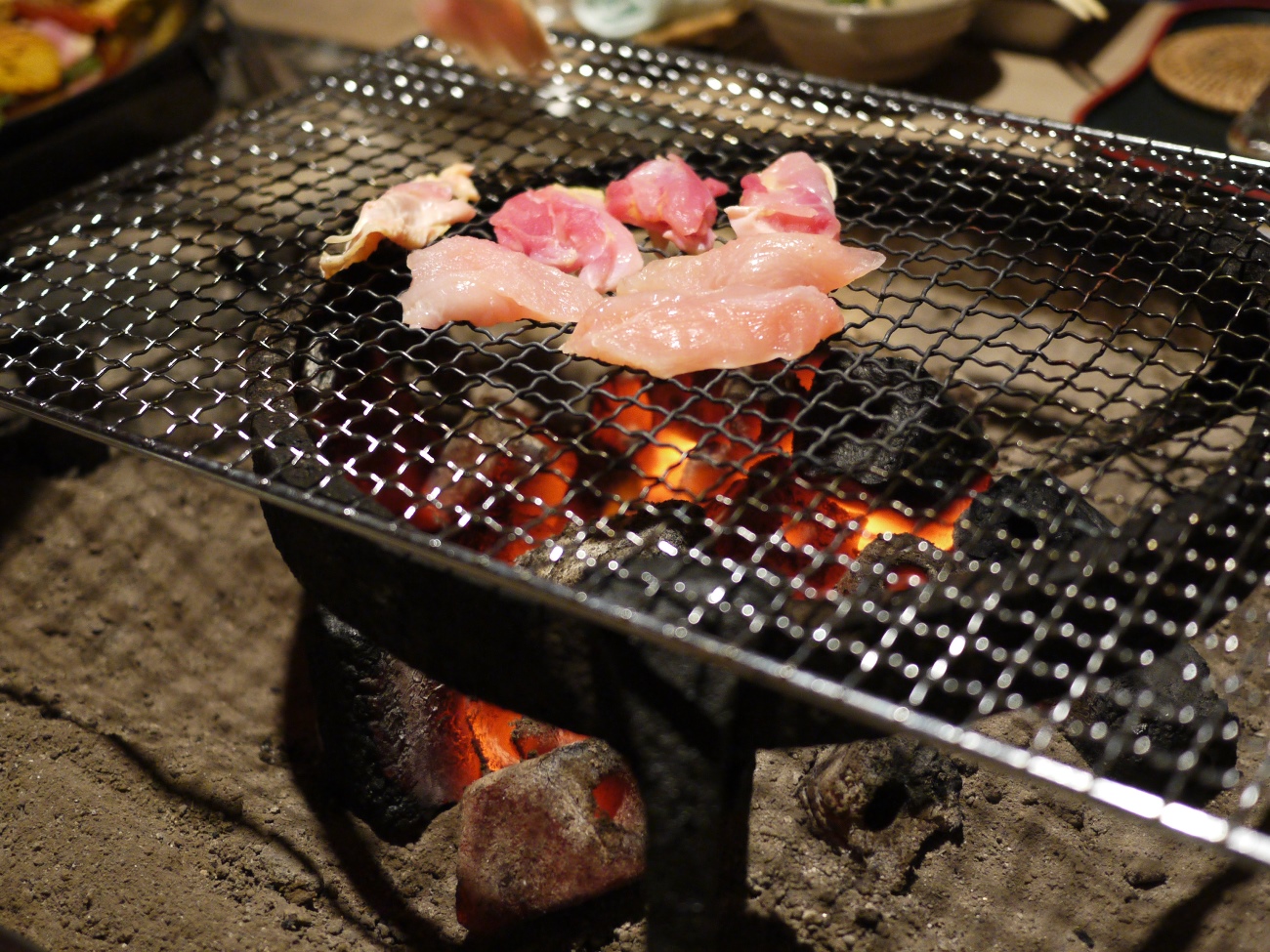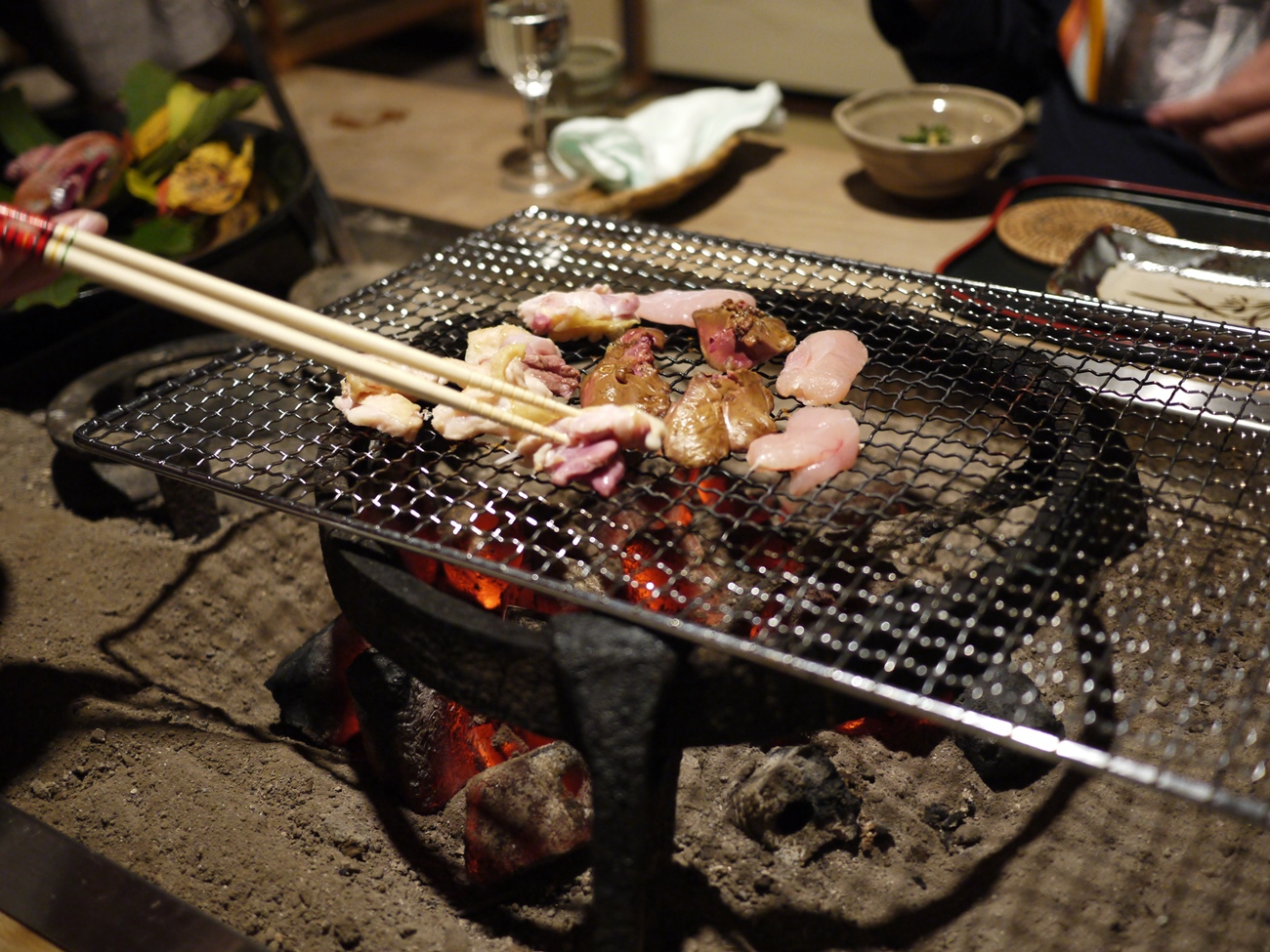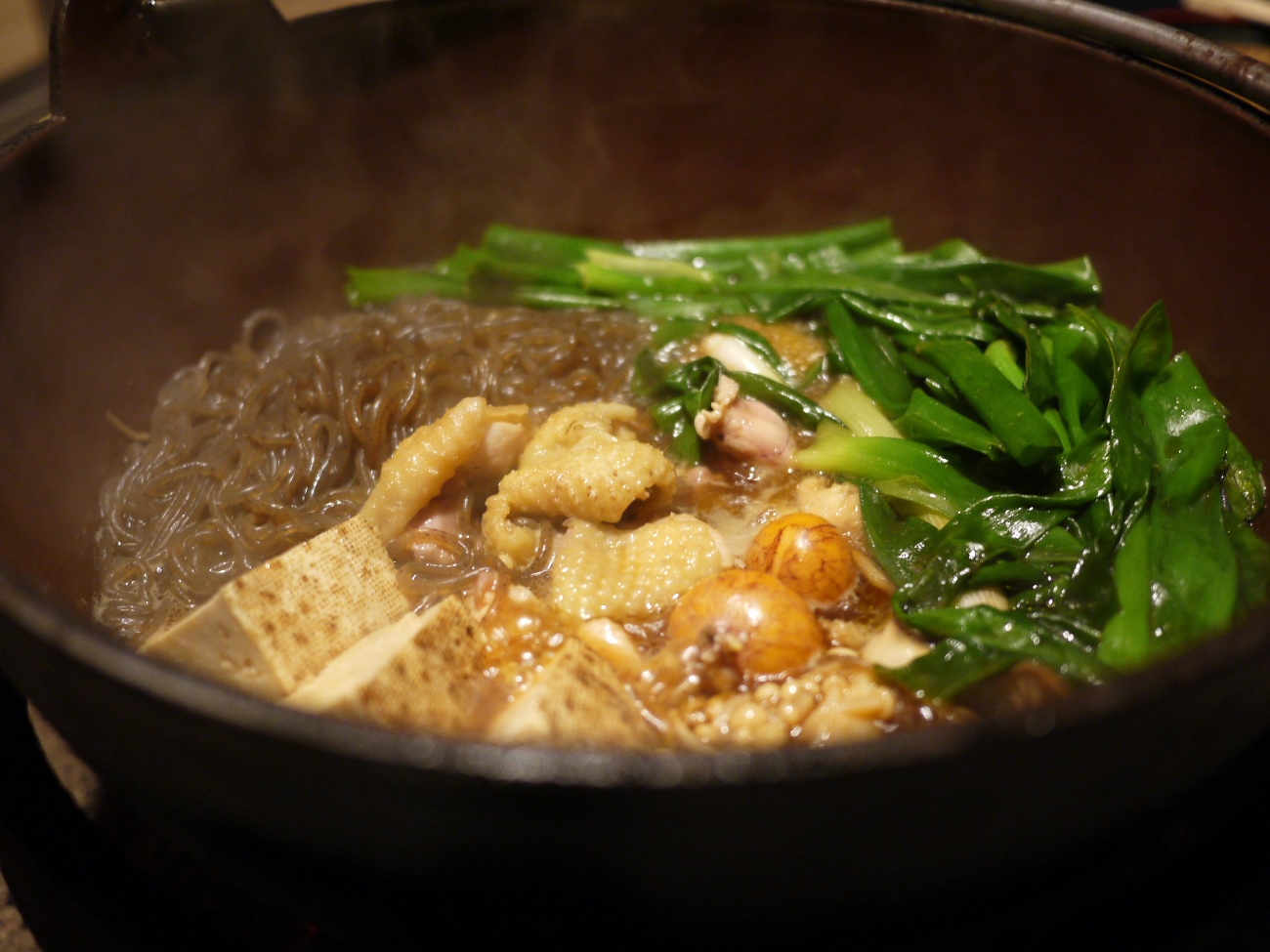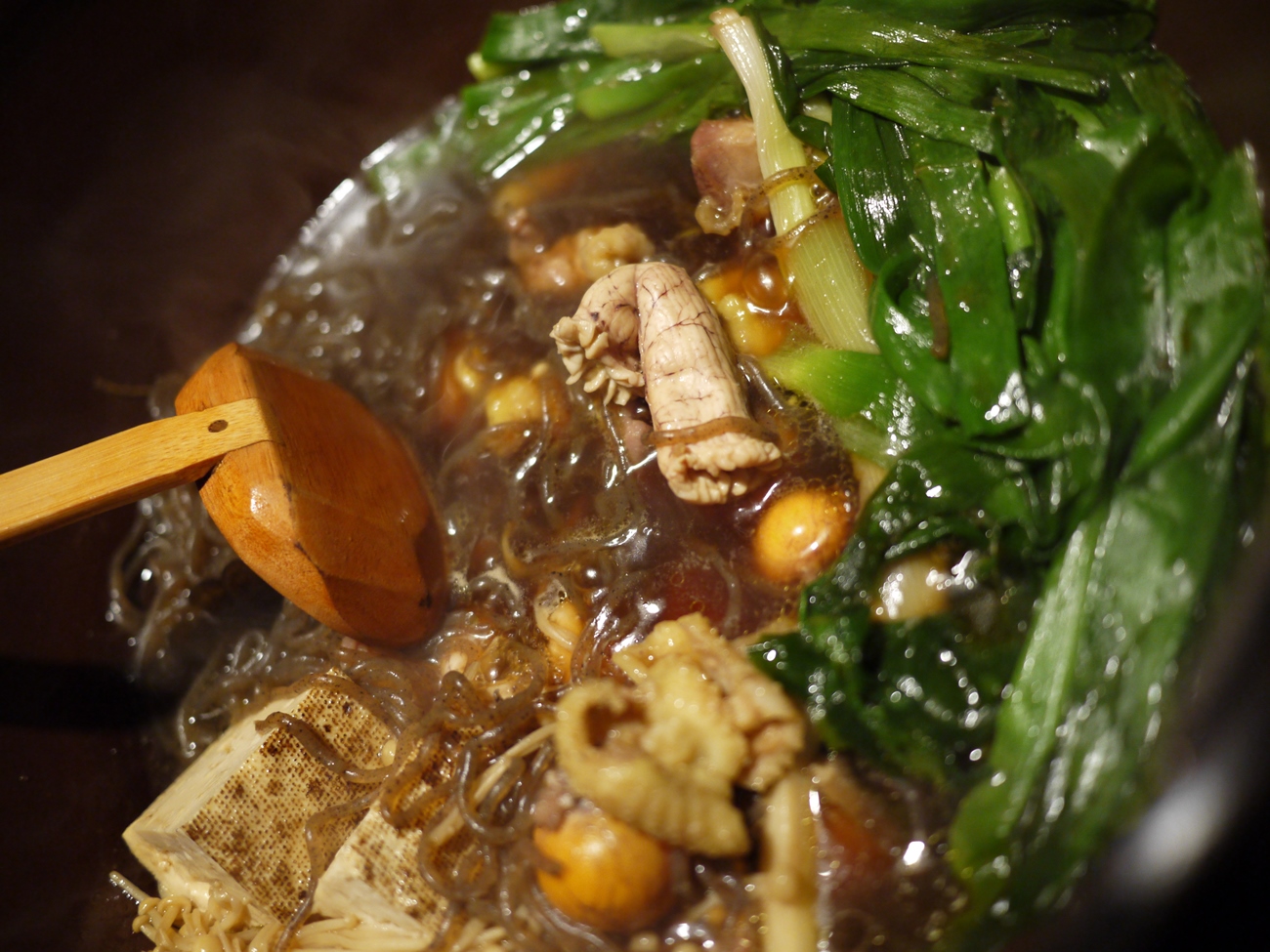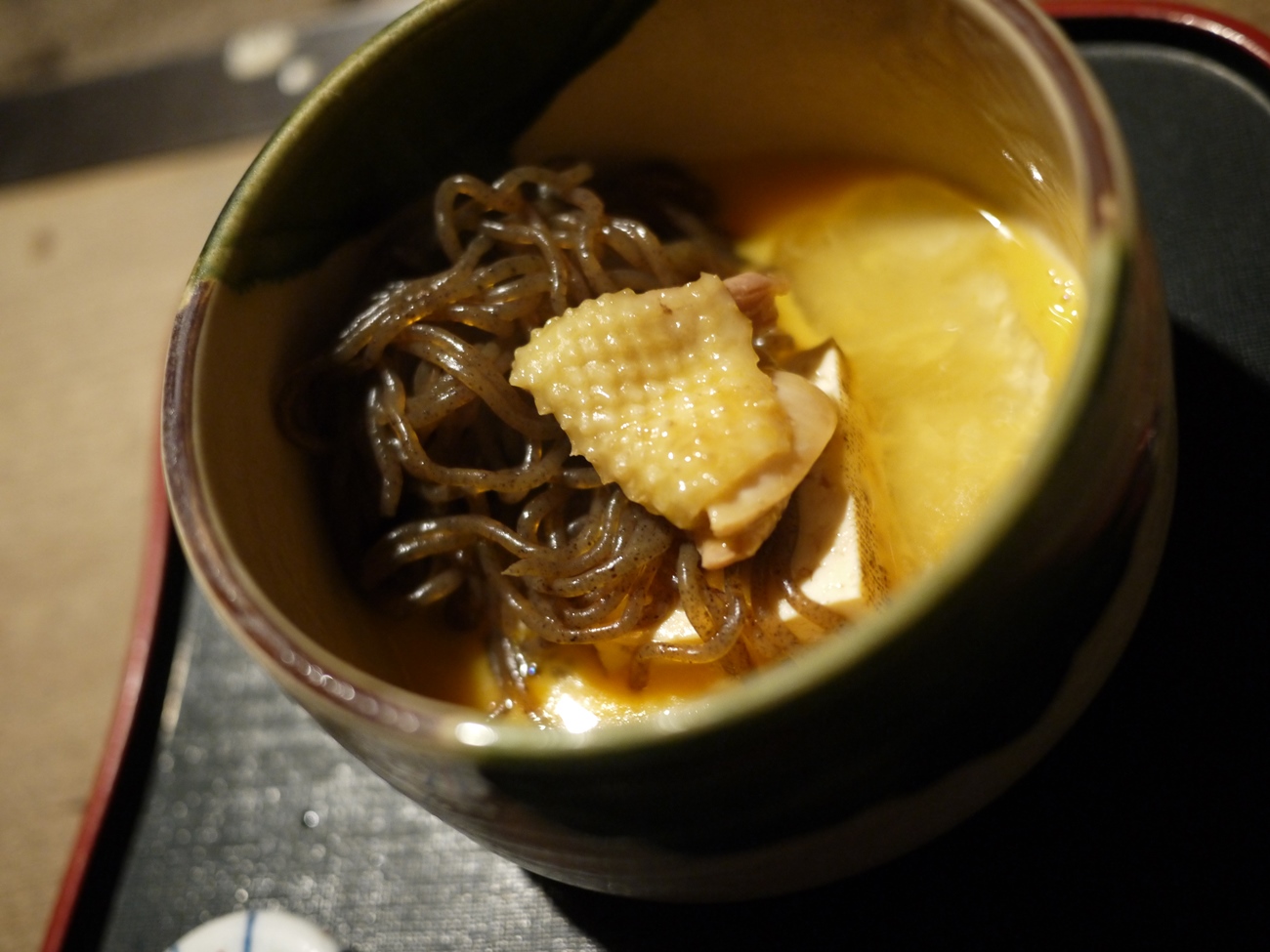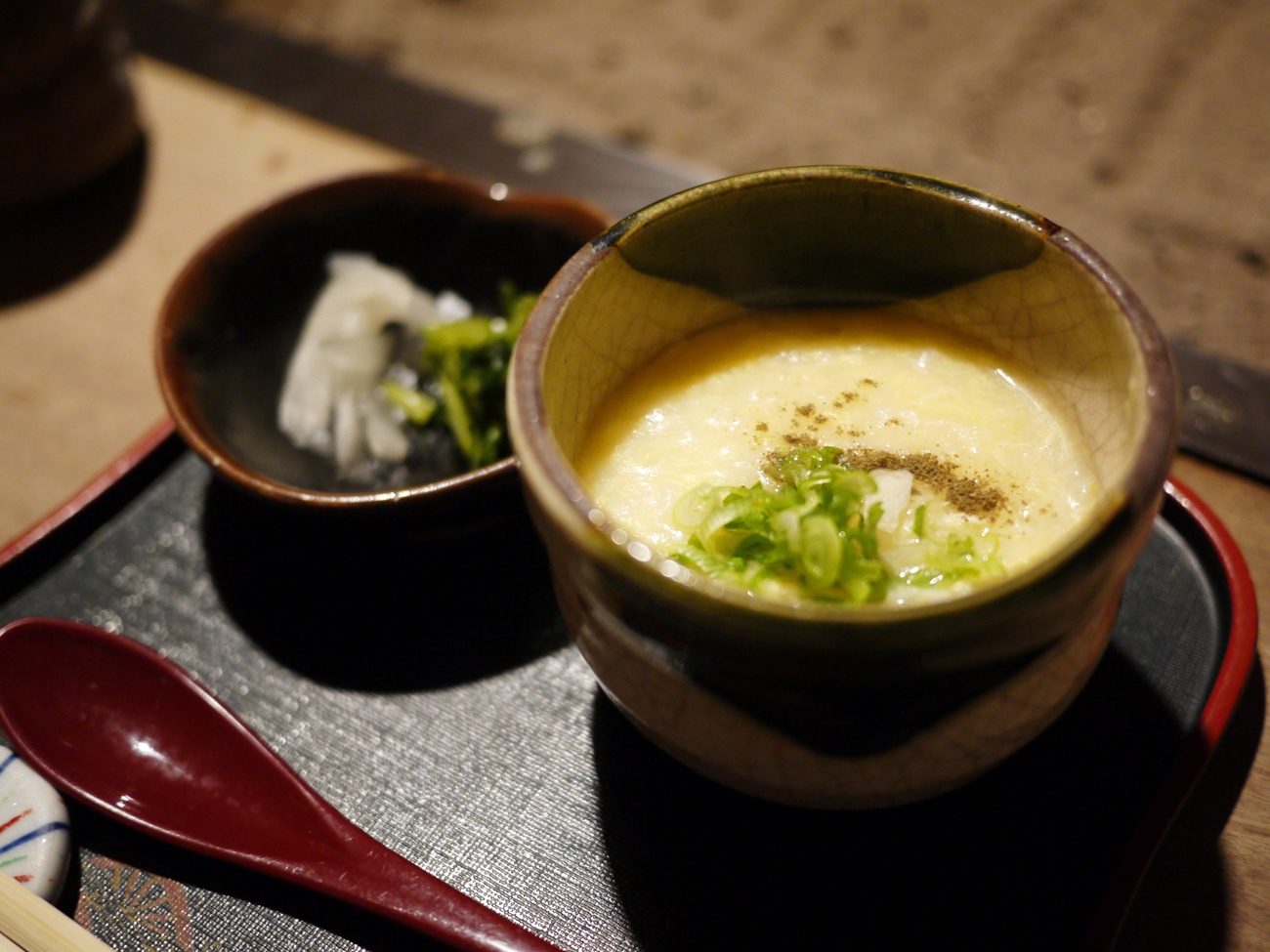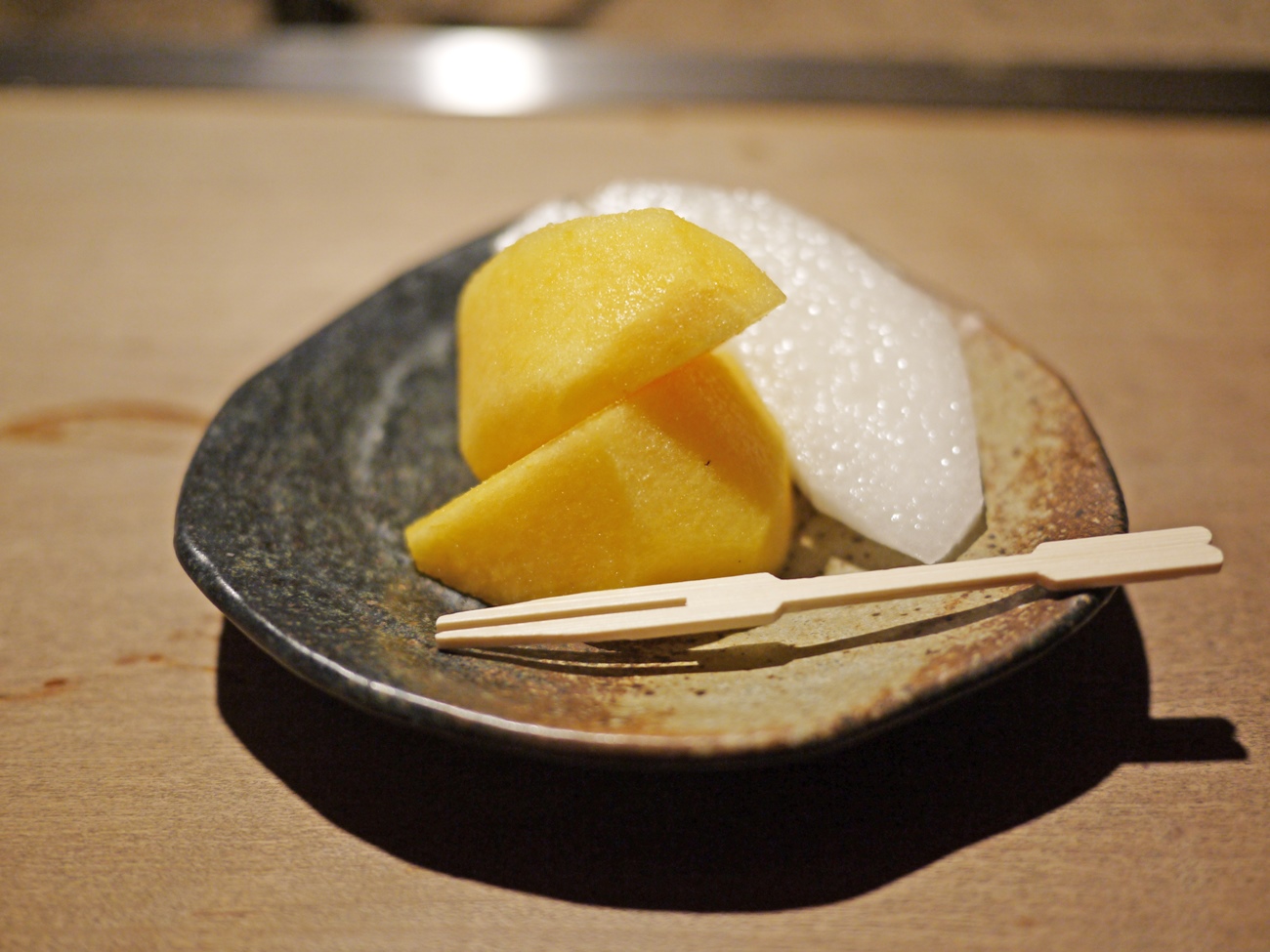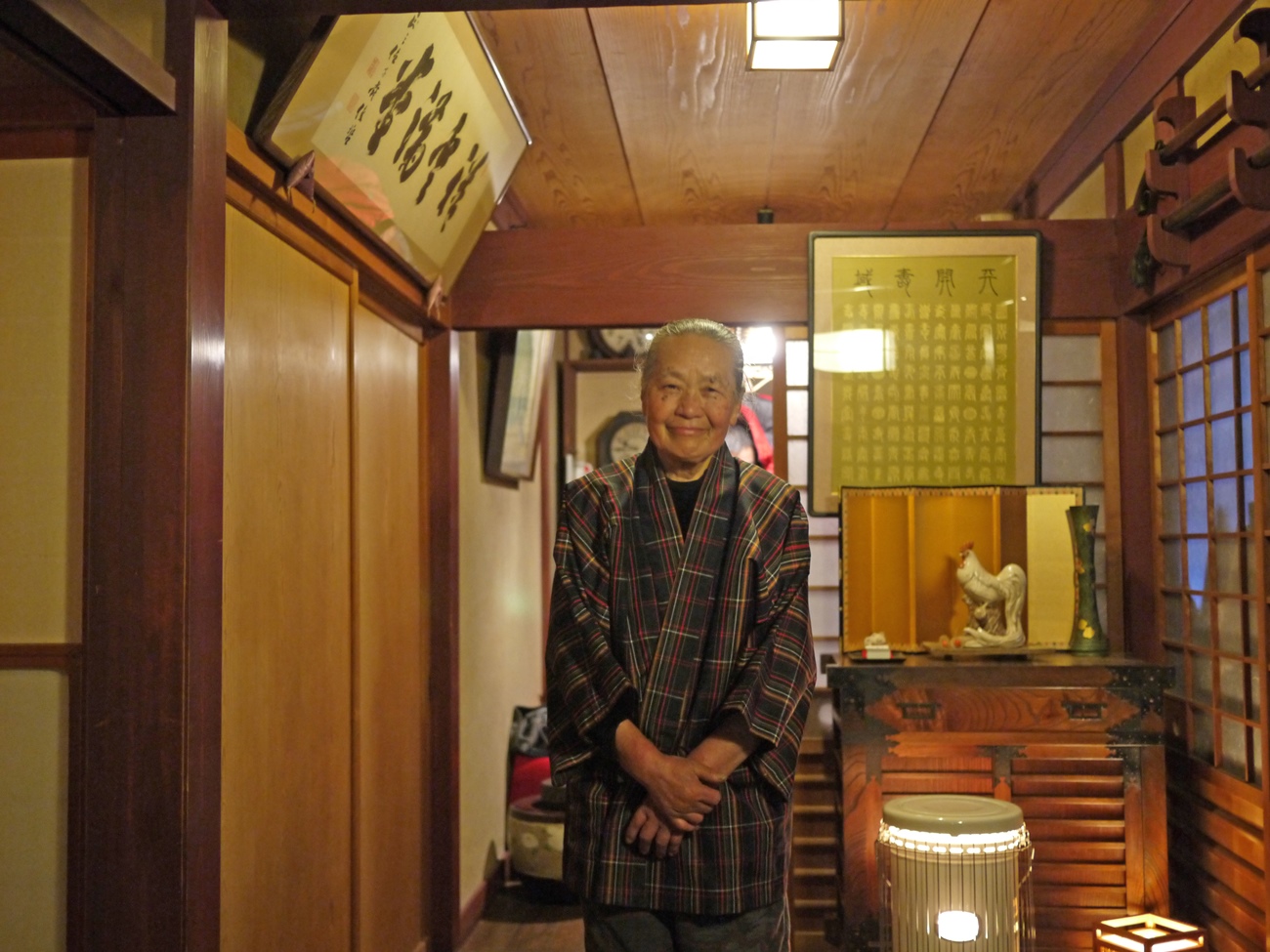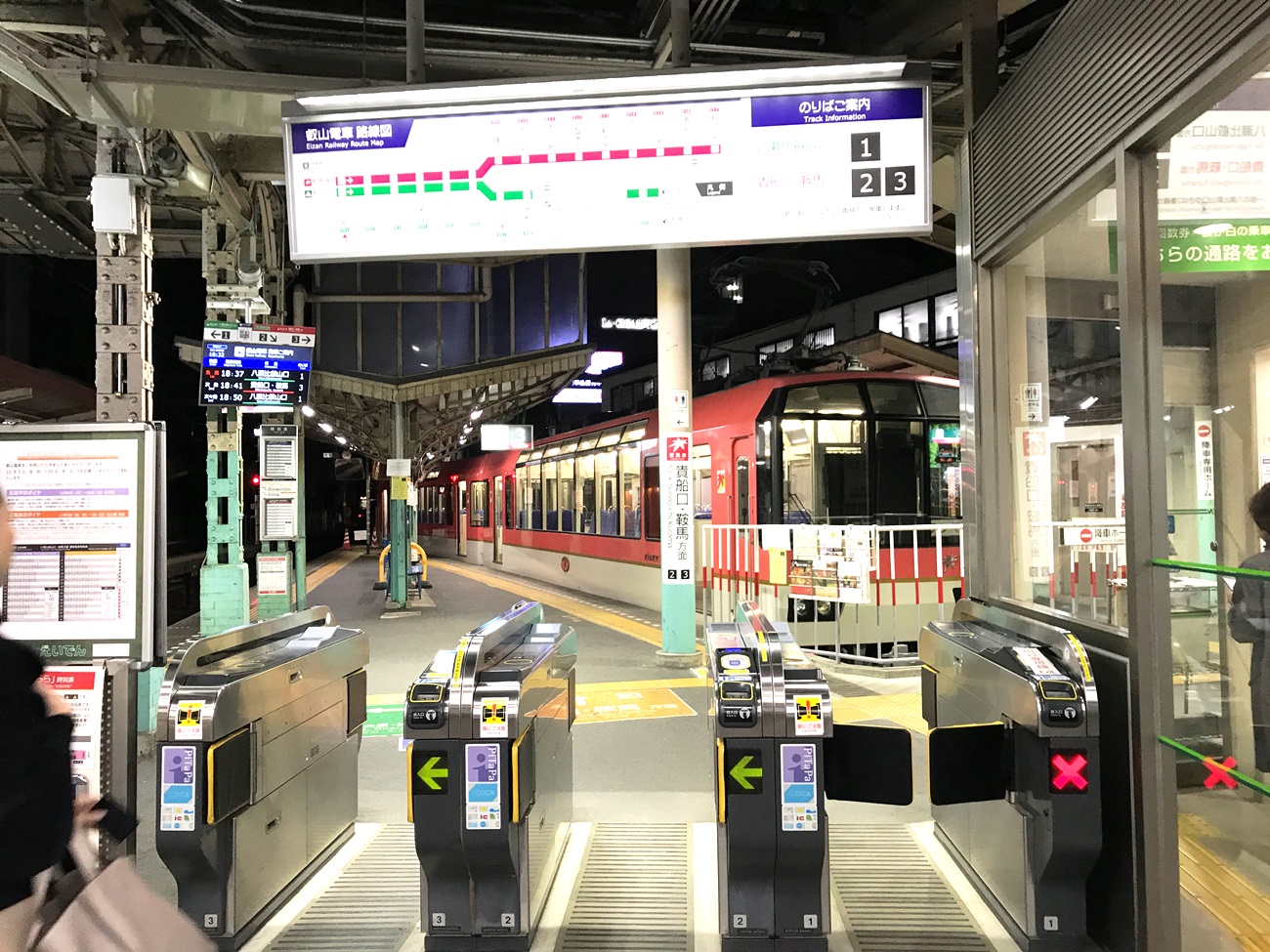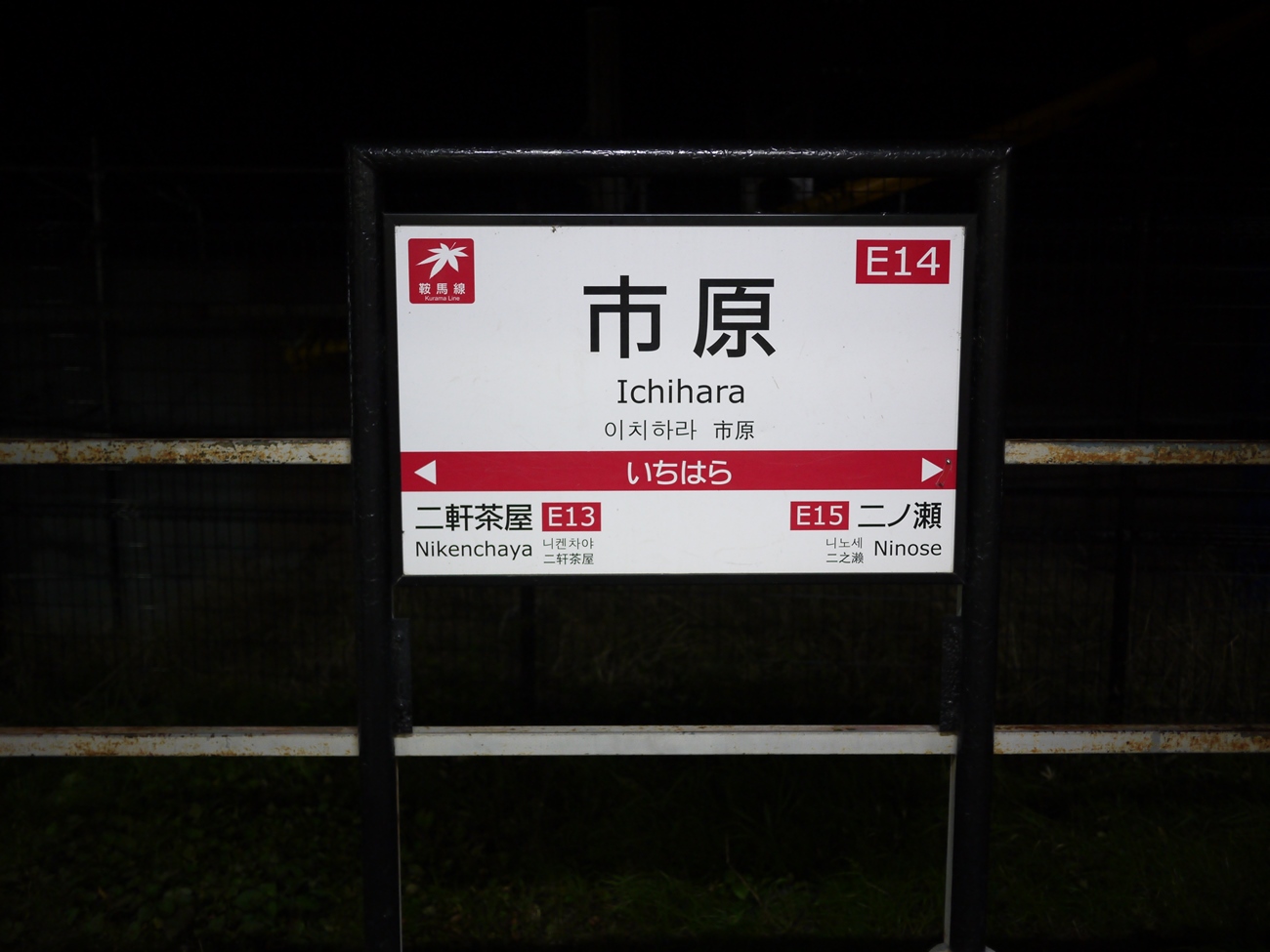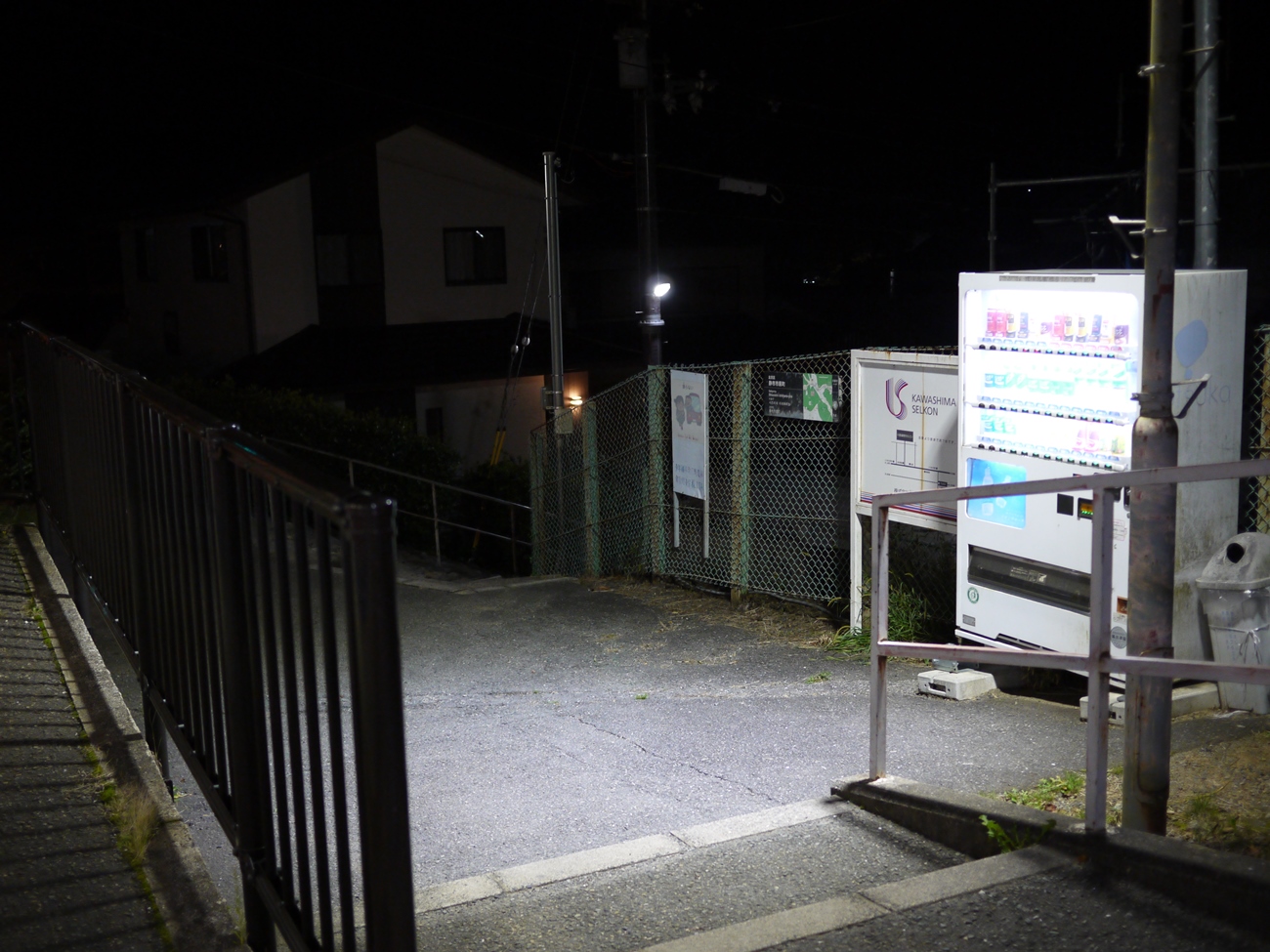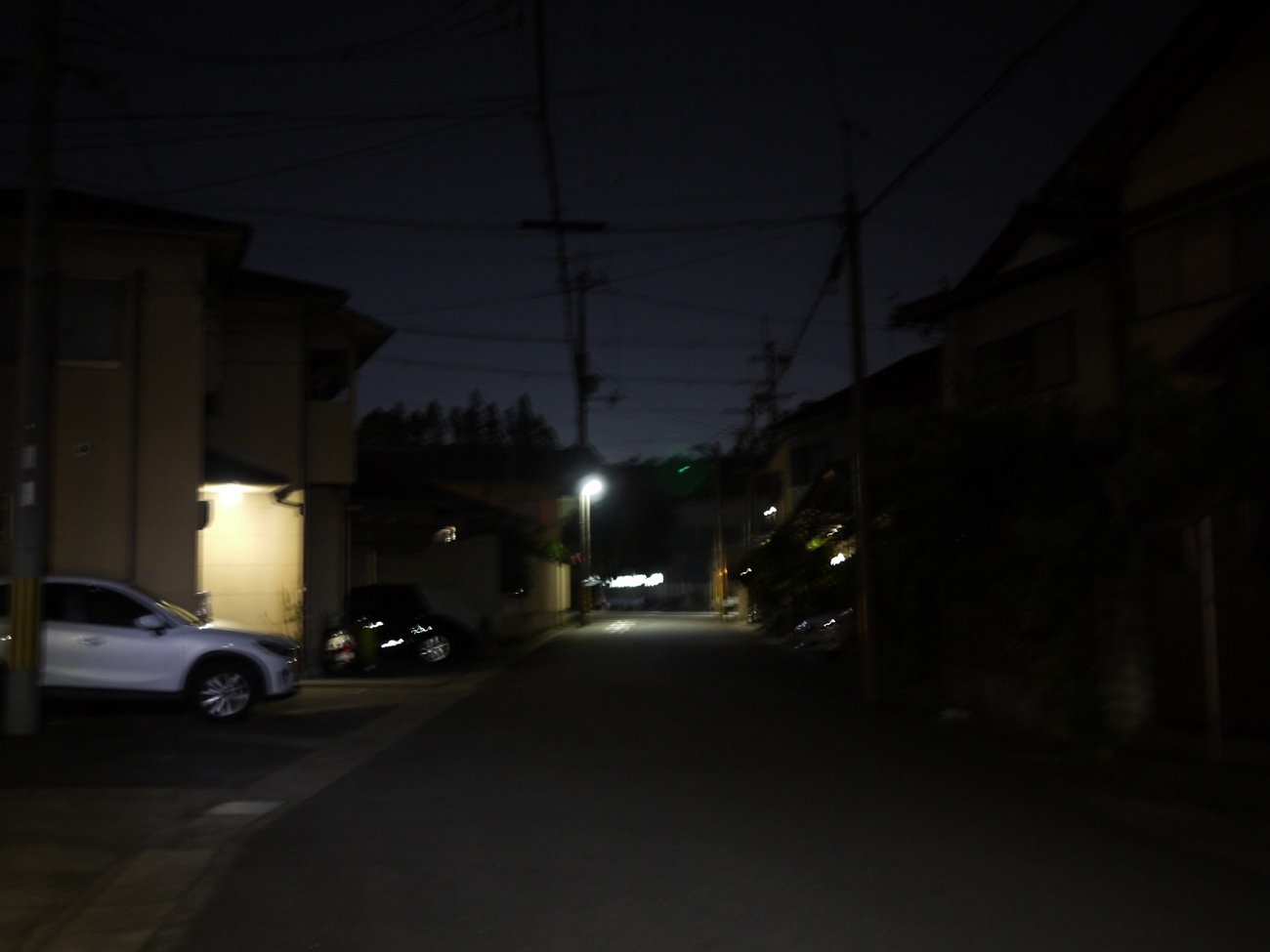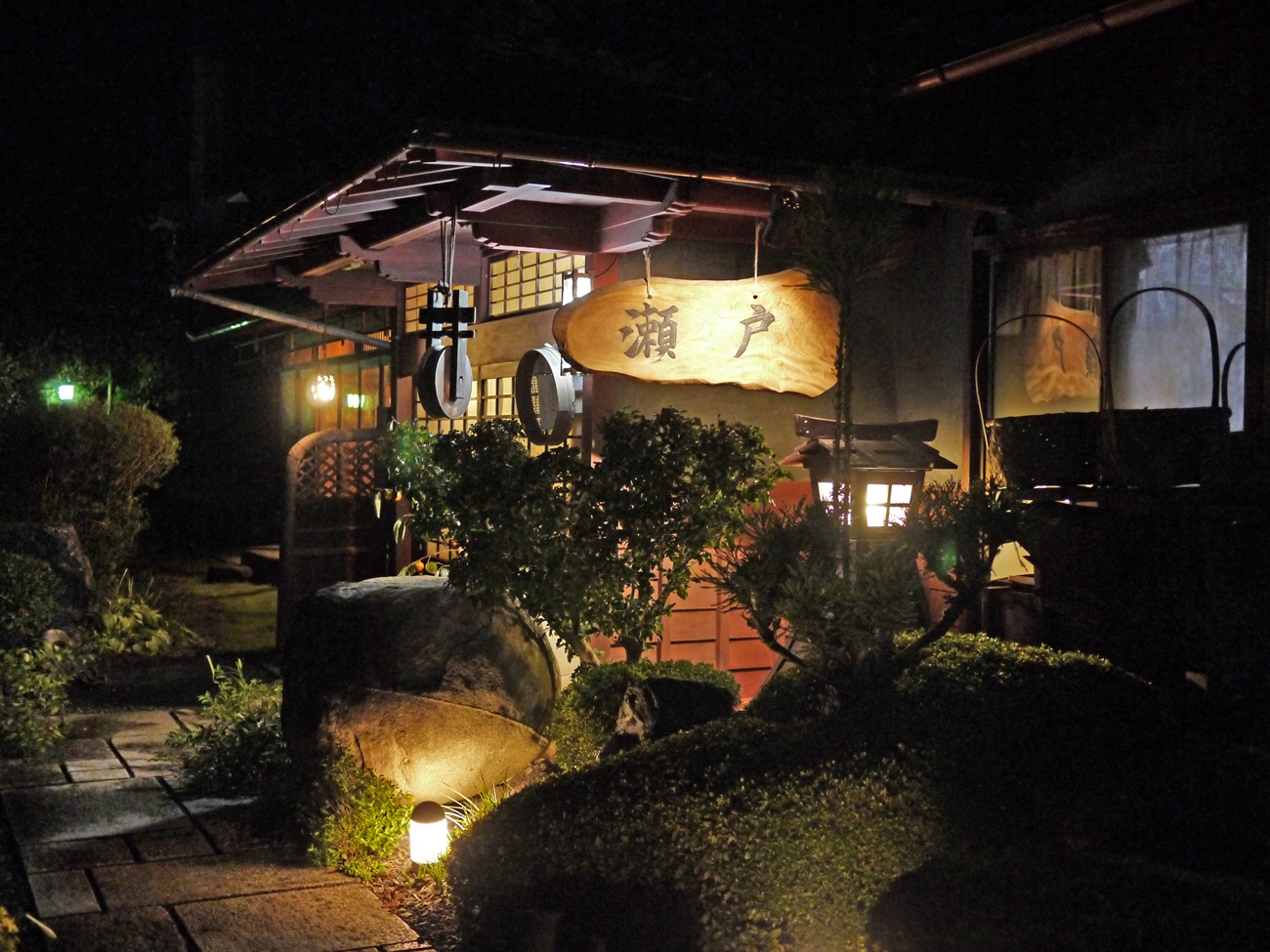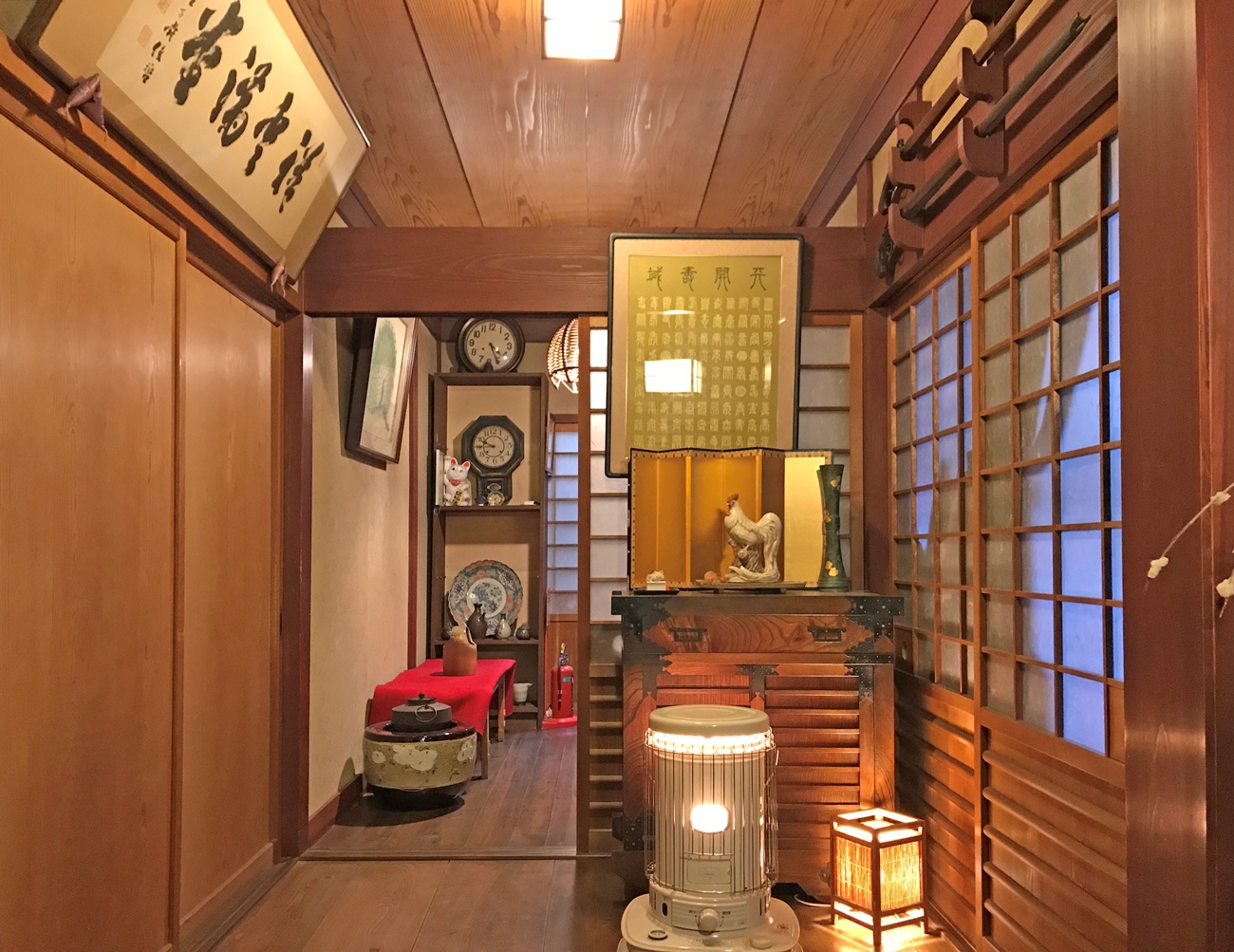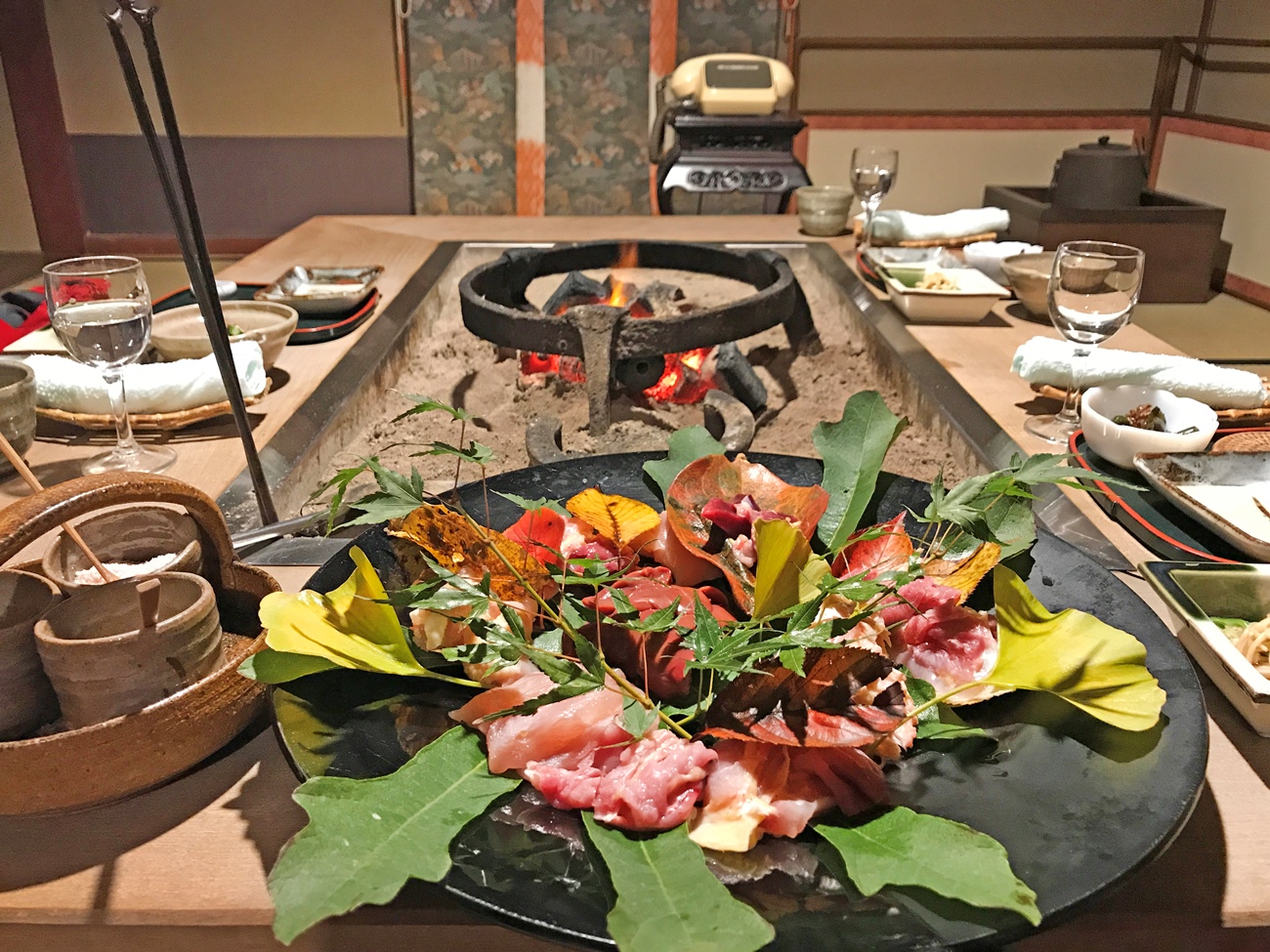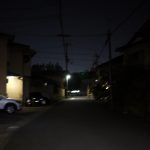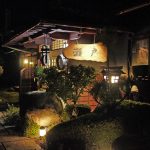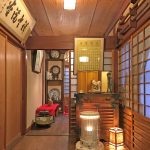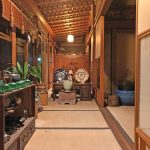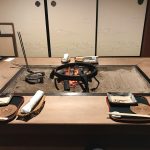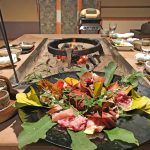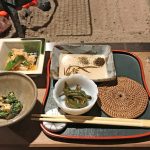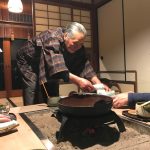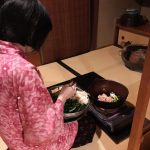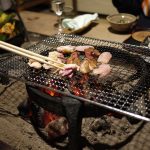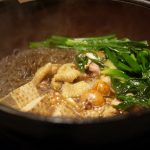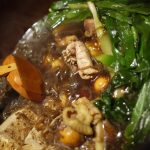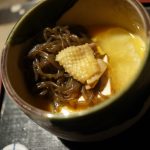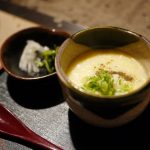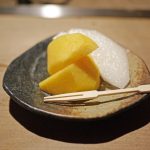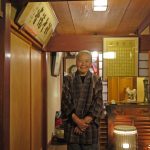WHAT SO SPECIAL ABOUT THE CHICKEN? Well, it’s fresh. That is, it’s not frozen or chilled, but prepared from live on the day. That’s something you rarely find in big cities nowadays.
This kind of freshness is something that today’s younger generation of foodie might not appreciate. For me, it brings back real and fond memories as I grew up in a place where – admittedly only on special occasions – my grandmother would slaughter the chicken in the afternoon for the evening meal. Since I moved abroad, I find it harder than ever to find places where I can experience that unique taste and texture, mainly because almost all chickens in western countries are at best chilled for days, if not frozen, from the time it was slaughtered to your kitchen at home. And now, in most Eastern countries, after a series of bird flu epidemics hit southeast Asia a decade ago, strict import regulations mean that live birds can’t be kept overnight, so nearly all chickens you get from restaurants are from central slaughter house and chilled during distribution. Just two decades ago I would never have imagined that I would one day consider simple fresh chicken to be a delicacy!
HOW WAS THE JOURNEY? It’s part of the experience!
First, I had to go all the way to the last stop on Kyoto’s North-Eastern line, then spend another half an hour on the Eizan electric railway, journeying deep into the residential area of Kyoto’s outskirts. It’s lucky I was armed with a smartphone – without it, there would have been simply no chance that I’d have successfully navigated the last few minutes’ walk in almost pitch dark to the home of Ms. Seto. Although, at this time of year it was pretty cold, we had a warm welcome as the waitress was waiting for us outside in the darkness. Thank goodness we were only 10 min late!
Seto-san led us through her house, in which there were only three rooms dedicated to catering for a small group every night – which is why it’s so important to make a reservation. As we went in, Seto-san filled us in with the background and history of the restaurant – it turned out that she had moved here over fifty years ago to be with her (now deceased) husband with the intention of rearing chicken and growing vegetables. Thirty years ago, they had begun preparing and serving the fresh produce and chicken themselves instead of selling them on. Today, Set-san manages the restaurant alone with the help of a small team of three.
GOOD COOKING? if you want to know what a real chicken should taste like, this is the place!
First up was charcoal grilled chicken: breast, wings, and thigh. And instantly, memories of my past came flooding back – particularly the tough texture and the intense chicken flavour of the juices. There was absolutely no doubt about the authenticity of the meat’s freshness – the bird can have been slaughtered no more than 8 hours ago! Then we moved on to liver, heart, soft bones, meat from the throat, before being served a sukiyaki-style hotpot, made with the remaining part of the bird. This ensures nothing – and I mean nothing – is wasted, from skin to bone. Even “kinkan” (immature eggs from inside the chicken) and the connecting tube from the ovary is inside the pot, accompanied by tofu, noodles, and vegetables. The meal finished with a bowl of congee made from chicken bone, followed by a plate of honeydew and pear.
Basically, I loved the entire experience. All the staff were warm and friendly, and one waitresses spoke some English, enabling her to explain the main points of preparation. For me, the evening had special appeal, taking me back to my younger days when I enjoyed meals cooked by my Grandmother. I believe most people would love this dying form of chicken preparation. One things for sure – if you want to know what a real chicken should taste like, it’s worth making this special journey while you’re in Kyoto!

